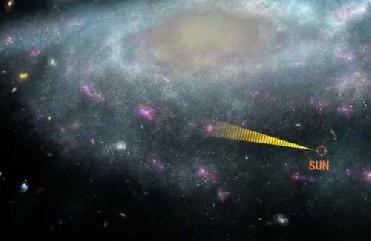
A diagram of where in the galaxy the Kepler mission will search for extrasolar planets. NASA
WASHINGTON (BNS): NASA’s Kepler mission set to lift off on Friday will look for Earth-like planets around other stars and determine whether there are places that could support human-like life beyond the solar system.
Speaking to reporters, here on Thursday, Ed Weiler, associate administrator for NASA's Science Mission Directorate said that this mission attempts to answer a question that is as old as time itself -- are other planets like ours out there? “It's not just a science question -- it's a basic human question,” Weiler said.
NASA said that after Kepler separates entirely from its rocket, it will be in its final Earth-trailing orbit around the sun, an orbit similar to that of Spitzer Space Telescope. James Fanson, Kepler project manager at NASA's Jet Propulsion Laboratory, Pasadena, California, said that they were very excited to see this magnificent spacecraft come to life when it reaches space.
The space agency said that after a commissioning period of two months, Kepler would begin its job of staring at more than 100,000 stars for three-and-a-half years, looking for planets. Its isolated perch behind Earth will give the telescope an unobstructed view of a single, very large patch of sky near the Cygnus and Lyra constellations, NASA said.
William Borucki, science principal investigator for the mission at NASA's Ames Research Center at Moffett Field, California, said that they would monitor a wide range of stars, from small cool ones, where planets must circle closely to stay warm, to stars bigger and hotter than the sun, where planets must stay well clear to avoid being roasted. “Everything about the mission is optimised to find Earth-size planets with the potential for life, to help us answer the question -- are Earths bountiful or is our planet unique,” Borucki who has been working on the mission for 17 years, said.
NASA said that Kepler would find planets by looking for periodic dips in starlight. Planets that happen to pass directly in front of their stars from Earth's point of view cause the stars to dim by almost imperceptible amounts. Kepler's powerful camera, the largest ever flown in space, can see the faintest of these ‘winks’.
“Trying to detect Jupiter-size planets crossing in front of their stars is like trying to measure the effect of a mosquito flying by a car's headlight. Finding an Earth-sized planet is like trying to detect a very tiny flea in that same headlight,” Fanson said.
If the mission does find Earth-sized planets in the habitable zones of stars, it should find them first around stars that are smaller than the sun. This is because the habitable zone is closer for small stars; planets circling in this region would take less time to complete one lap and, theoretically, less time for Kepler to find them and for other ground-telescopes to confirm their existence. Any Earth-size planets orbiting in the habitable zones of stars like the sun -- the true Earth analogs -- would take at least three years to be confirmed, NASA said.
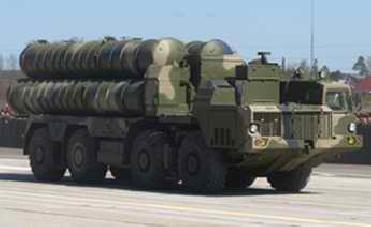 Next Article
Next Article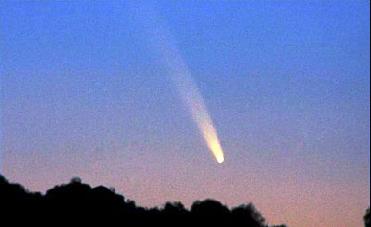
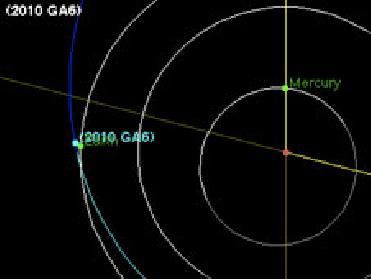
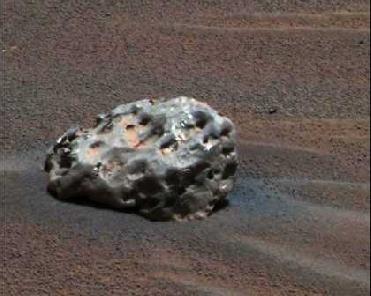
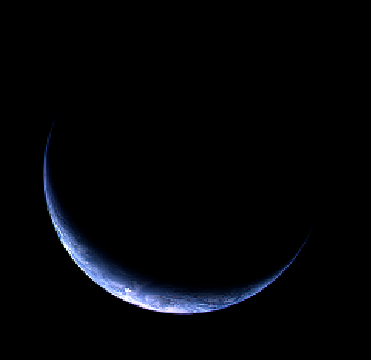










The Indian Air Force, in its flight trials evaluation report submitted before the Defence Ministry l..
view articleAn insight into the Medium Multi-Role Combat Aircraft competition...
view articleSky enthusiasts can now spot the International Space Station (ISS) commanded by Indian-American astr..
view article